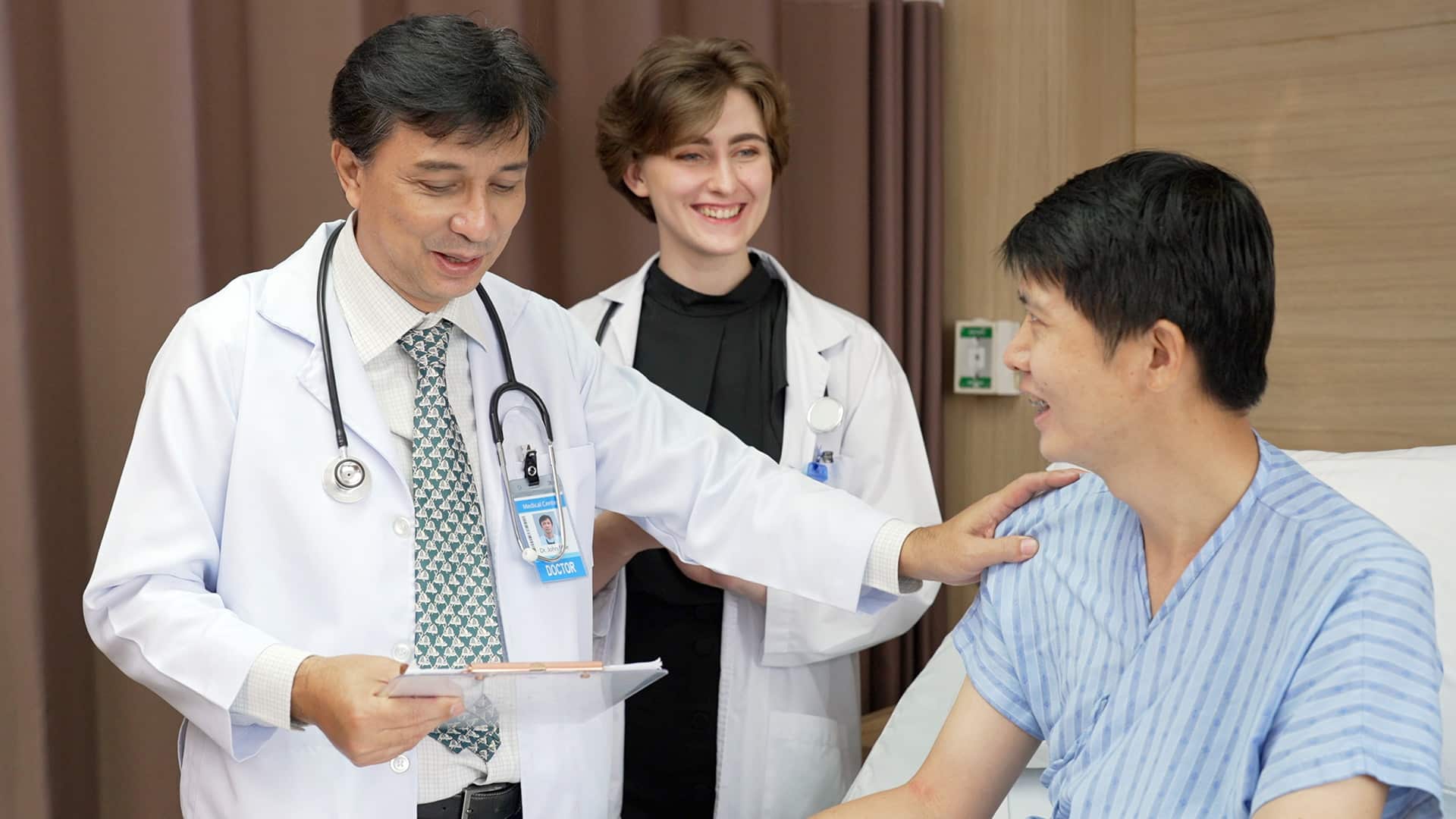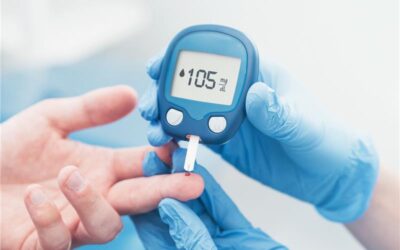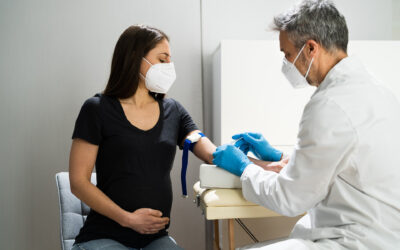Case Study
Circulating Lipids as Biomarkers of Host Inflammatory Responses to Acute Critical Illness
The study’s findings demonstrate the potential of serum lipidomics to characterize the previously underappreciated role that lipids play in injury-induced acute critical illness (ACI).
The researchers found that the total abundance of lipids was significantly lower among the non-survivors within the first day of treatment than the healthy controls and non-resolving patients. Thawed allogeneic plasma (TP) treatment, which increased patient survival, also restored lipid levels to those similar to healthy controls.
The researchers found that the total abundance of lipids was significantly lower among the non-survivors within the first day of treatment than the healthy controls and non-resolving patients. Thawed allogeneic plasma (TP) treatment, which increased patient survival, also restored lipid levels to those similar to healthy controls.

The Challenge: Clarify the Role that Lipids Play in Inflammatory Signaling During Acute Critical Illness
Severe injury and infections, common causes of ACI, are among the leading causes of death worldwide.1 Regardless of the cause, disturbances to the inflammatory response represent an important contributor to ACI.2,3 While proteins mediate much of the inflammatory response, lipids also play an important role in systemic inflammation. This class of biomolecules not only acts as important energy sources for cells but also acts as signaling molecules for immune modulation.4 Although lipids contribute to immune system responses, their role in the progression of ACI has not been fully elucidated.
A recent clinical study, the Prehospital Air Medical Plasma (PAMPer) Trial, determined that administering thawed allogeneic plasma (TP) to injured patients at risk for hemorrhagic shock improved 30-day survival after admission.5 Despite its potential benefits, standard-of-care procedures still do not include TP in pre-hospital settings. Hence, the role that circulating lipids play and the mechanisms that underlie TP-derived clinical improvements in ACI require further exploration as well.
The Solution: Monitor the Sera of Patients who Experienced a Life-threatening Injury
Observing the inflammatory response in patients with ACI remains a challenge. In many cases, the moment a patient is hospitalized does not represent the time of critical disease onset.3 To alleviate this issue, the researchers established a biobank from the PAMPer study to profile circulating biomolecules. By monitoring acutely injured patients, the PAMPer study creates an opening to examine injury-specific inflammatory responses in otherwise healthy patients.
The researchers first divided the patients into two groups. One group of 84 patients was provided with two units of TP while the control group of 109 patients was given standard of care alone. A separate group of 17 healthy volunteers also had their plasma collected as baseline controls. From these patients, the PAMPer biobank was generated. Blood samples were collected upon admission, 24 hours after admission, and 72 hours after admission. As the study progressed, the patients were then stratified into three groups: those that didn’t survive, others who survived but failed to resolve, and those who recovered.
Metabolon Insight: Untargeted Lipidomics Identifies Changes in Fatty Acid Levels as a Predictor of Inflammatory Responses Associated with Worse Outcomes
After collecting plasma from the patient population, the researchers used the Metabolon Complex Lipids Targeted Panel to generate lipid-based profiles as patients underwent their respective treatment procedures. Initial liquid chromatography-mass spectrometry (LC-MS) efforts with this panel yielded 996 quantifiable lipids across all patients. The researchers then found that the total abundance of these lipids was significantly lower among the non-survivors within the first day of treatment than the healthy controls and non-resolving patients. TP treatment, which increased patient survival, also restored lipid levels to those similar to healthy controls.
The concentrations of a subset of lipids also increased among non-resolving survivors within 72 hours. Most notably, the authors observed an increased abundance of phosphatidylethanolamines (PE) and ceramides (CER) after 72 hours of treatment among these patients. To dive further into the role of ceramides, Metabolon offers the Sphingolipids Targeted Panel, not used in this study. Based on these trends, the researchers generated a lipid reprogramming score (LRS) to predict instances of worse outcomes for ACI patients. LRS was successful, being strongly prognostic for worsened clinical outcomes among acute trauma and COVID-19 patients.
The Outcome: Lipidomics Revealed a Common Feature of Lipid-based Responses at the Onset of Progression of Acute Critical Illness
The results of the lipidomics study produced mechanisms contributing to worsened outcomes for patients hospitalized for ACI. For one, the benefits that TP produces for patients hospitalized for ACI may stem from lipids that minimize the risk of an excessive inflammatory response. The findings also reveal the dynamic nature of inflammation in ACI. Within 72 hours of admission, the levels of a subset of fatty acids increased among non-recovering patients. This observation is reminiscent of findings implicating ongoing liver-driven systemic inflammation and metabolic stress in ACI.6,7 With LRS developed, the study provides an opportunity to investigate more deeply the role that circulating fatty acids play in ACI. This novel impactful study clearly demonstrates the value of lipidomics, and the findings will provide further insights into using TP and other treatment options to manage and treat ACI.
References
1. Naghavi M, Abajobir AA, Abbafati C, et al. Global, regional, and national age-sex specific mortality for 264 causes of death, 1980–2016: a systematic analysis for the Global Burden of Disease Study 2016. The Lancet. 2017;390(10100):1151-1210. doi:10.1016/S0140-6736(17)32152-9
2. Xiao W, Mindrinos MN, Seok J, et al. A genomic storm in critically injured humans. J Exp Med. 2011;208(13):2581-2590. doi:10.1084/jem.20111354
3. van der Poll T, van de Veerdonk FL, Scicluna BP, Netea MG. The immunopathology of sepsis and potential therapeutic targets. Nat Rev Immunol. 2017;17(7):407-420. doi:10.1038/nri.2017.36
4. Wymann MP, Schneiter R. Lipid signalling in disease. Nat Rev Mol Cell Biol. 2008;9(2):162-176. doi:10.1038/nrm2335
5. Sperry JL, Guyette FX, Brown JB, et al. Prehospital Plasma during Air Medical Transport in Trauma Patients at Risk for Hemorrhagic Shock. New England Journal of Medicine. 2018;379(4):315-326. doi:10.1056/NEJMoa1802345
6. Jeschke MG. The hepatic response to thermal injury: is the liver important for postburn outcomes? Mol Med. 2009;15(9-10):337-351. doi:10.2119/molmed.2009.00005
7. Lagana SM, Kudose S, Iuga AC, et al. Hepatic pathology in patients dying of COVID-19: a series of 40 cases including clinical, histologic, and virologic data. Mod Pathol. 2020;33(11):2147-2155. doi:10.1038/s41379-020-00649-x




